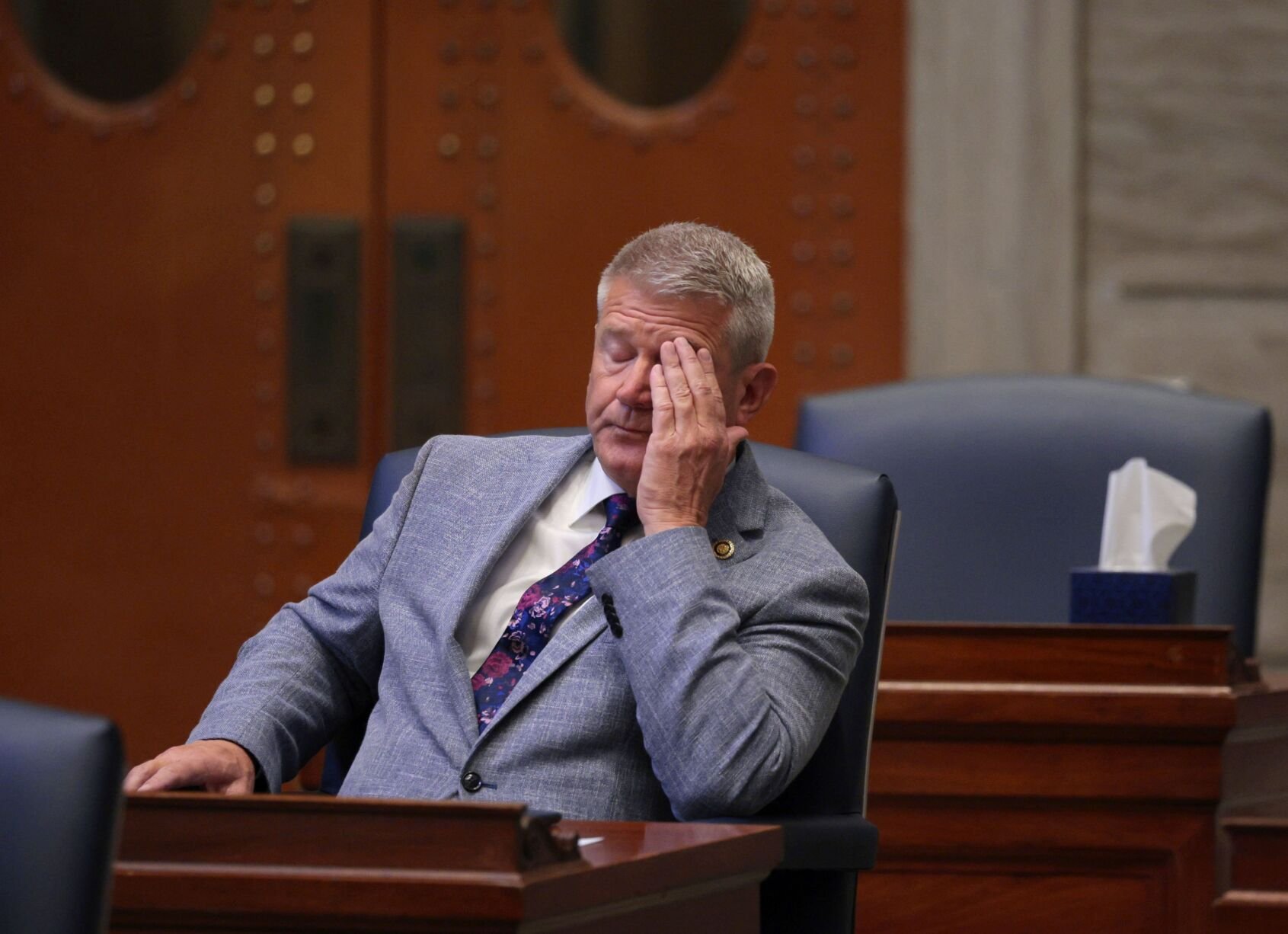As Congress debates the new Farm Bill, proposed changes to THC standards could reshape the legal landscape for hemp in the United States. Lawmakers are considering a shift to a total THC standard, a move that could restrict access to many hemp-derived products.
Tenths Of A Percent Will Decide The Future Of Legal Hemp

Key Takeaways:
- The Farm Bill’s renewal may alter hemp THC standards.
- Lawmakers propose a shift to a 0.3% total THC standard.
- A total THC standard could limit access to minor cannabinoids.
- Senator Rand Paul advocates for increasing THC limits to 1%.
- Changes may reverse progress made in hemp production and access.
Tenths of a Percent: The Crucial Difference in Hemp Legality
The legality of hemp in the United States has long hinged on minute differences in THC concentration. In 2018, the Farm Bill legalized hemp-derived cannabinoids, provided the plant contained no more than 0.3% Delta-9 THC by dry weight. This threshold opened the doors for products containing compounds like CBD, THCA, Delta-8 THC, and other minor cannabinoids to flourish, bringing cannabis products from dispensaries to mainstream outlets across the country.
An Overdue Debate
Originally intended to be updated every five years, the Farm Bill has faced two year-long delays and is now scheduled for debate and passage this year. As lawmakers reconvene, attention is turning to the THC standards that define hemp’s legality. Early indications suggest a significant shift may be on the horizon—a move from a Delta-9 THC standard to a total THC standard capped at 0.3%.
What a Total THC Standard Means
Under the proposed total THC standard, the 0.3% limit would encompass not just Delta-9 THC but also THCA and other THC variants. While this change aims to close perceived loopholes that allow psychoactive cannabinoids to be sold legally, it could have sweeping implications for the hemp industry. Products that currently meet legal standards might suddenly fall outside the allowable thresholds, potentially curbing access to a range of hemp-derived cannabinoids that have grown in popularity.
Industry at a Crossroads
Such a shift raises concerns among industry stakeholders about undoing the progress made in recent years. The broader inclusion of cannabinoids in the THC calculation could disrupt production processes, limit the variety of products available to consumers, and impact scientific research into these compounds. The hemp market, which has seen significant growth and innovation since 2018, faces uncertainty as it waits to see how these regulations will unfold.
Voices of Opposition
Not all lawmakers are in favor of stricter THC limits. Republican Senator Rand Paul has advocated for increasing the allowable THC concentration from 0.3% to 1% by dry weight. He argues that the current standard is overly restrictive and hampers the potential of the hemp industry. This perspective highlights the ongoing debate over how to balance regulation with economic opportunity and consumer access.
The Stakes for Hemp’s Future
As Congress deliberates, the future of legal hemp hangs in the balance. The proposed adjustments to THC thresholds may seem insignificant—a matter of tenths of a percent—but they carry weighty implications for farmers, producers, consumers, and the economy at large. The outcome of this legislative process will determine not only which products remain on shelves but also the direction of innovation and growth within the hemp sector.











